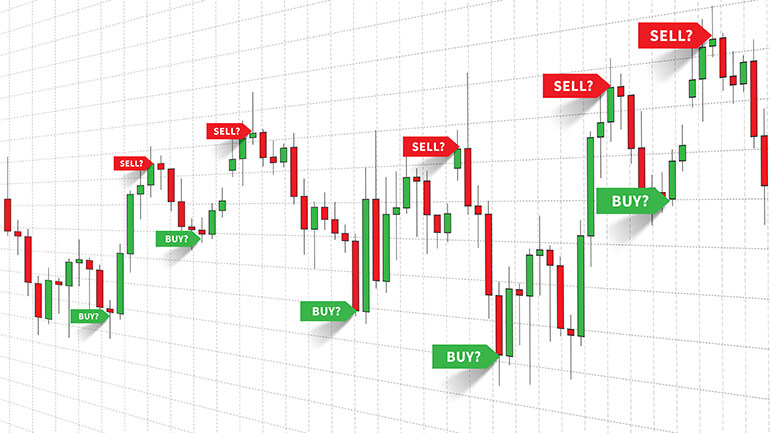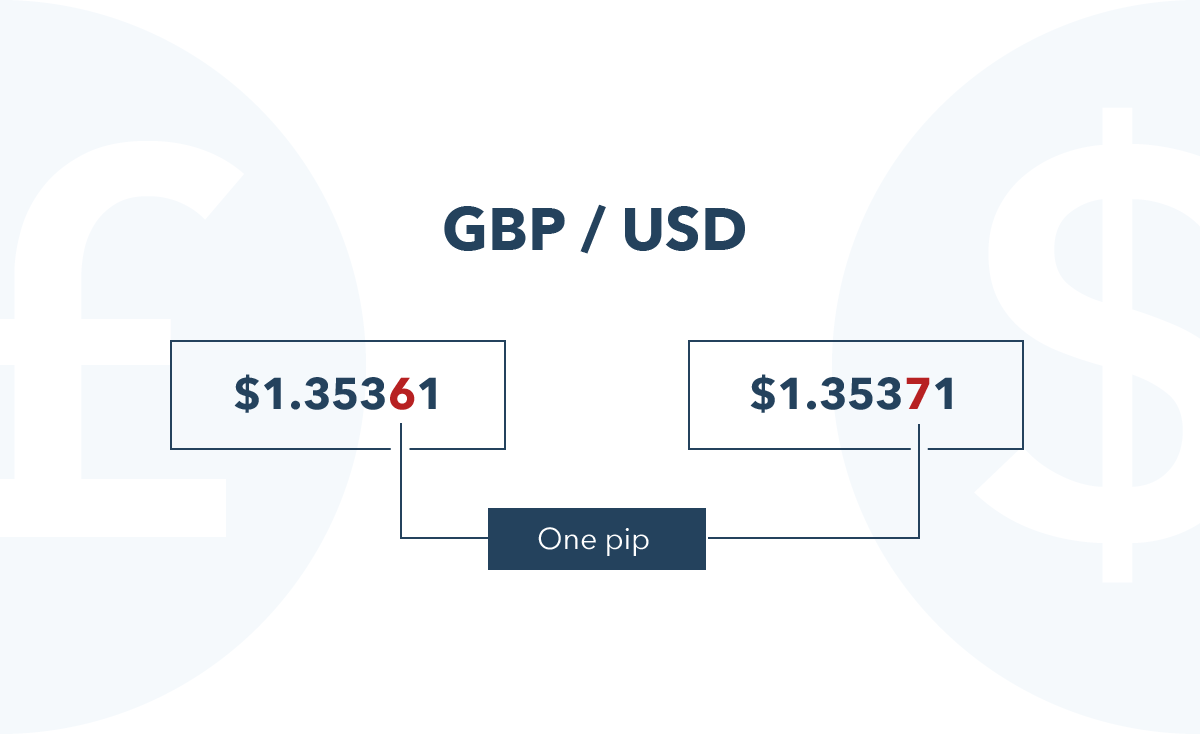Introduction
In the relentless ocean of financial markets, forex options trading emerges as a potent force, empowering traders to tap into the vast potential of currency fluctuations. Options, multifaceted financial instruments, provide a unique blend of risk management and profit-generating opportunities, making them a compelling choice for sophisticated investors. In this comprehensive guide, we embark on a journey to unravel the intricacies of forex options trading, demystifying its concepts and unlocking its potential.

Image: www.ifcmarkets.com
Forex options trading, in its essence, revolves around agreements between two parties, the buyer and the seller. The buyer acquires the right, but not the obligation, to buy or sell a specific currency pair at a predetermined exchange rate within a specified time frame. In contrast, the seller undertakes the obligation to fulfill the buyer’s request if exercised. This dynamic interplay of rights and obligations forms the cornerstone of forex options trading.
Types of Forex Options
Forex options don’t exist in a vacuum; they manifest in various forms, each tailored to specific trading strategies and risk appetites. Call options grant the buyer the right to purchase a currency pair at the strike price, while put options provide the right to sell. European options can only be exercised at their expiration date, while American options offer the flexibility of exercise at any point before expiration.
The choice between call and put options hinges on the trader’s market outlook. Call options are ideal when anticipating currency appreciation, while put options align with expectations of depreciation. Selecting the appropriate option type requires careful consideration of market conditions and personal risk tolerance.
Pricing Forex Options
Assigning a fair value to forex options is no trivial task, demanding an understanding of multiple factors that influence their pricing. Intrinsic value, the difference between the strike price and the current market price, plays a pivotal role. Positive intrinsic value indicates the option is “in the money,” while negative intrinsic value suggests it’s “out of the money.” Time value, which diminishes as the expiration date approaches, reflects the option’s potential for future profitability.
Implied volatility, a crucial determinant of option premiums, gauges market expectations of price fluctuations. Higher implied volatility translates into higher premiums, as traders are willing to pay more for the protection or profit potential offered by options. All these factors coalesce to determine the price of forex options, empowering traders to make informed decisions about their trades.
Strategies for Forex Options Trading
The versatility of forex options trading extends beyond its diverse instruments; it also encompasses a wide array of strategies tailored to various market scenarios and risk profiles. Covered calls involve selling call options against an existing portfolio of the underlying currency, generating income while limiting downside risk. Protective puts, on the other hand, are employed to hedge against potential losses in underlying positions.
Straddles and strangles, more complex strategies, involve simultaneous purchase of call and put options with different strike prices or expiration dates. These strategies offer both profit potential and protection against adverse price movements but come with higher premiums and increased risk.

Image: www.youtube.com
Tips for Successful Forex Options Trading
Navigating the intricacies of forex options trading requires adherence to some guiding principles. Careful assessment of market conditions, thorough understanding of option characteristics, and prudent risk management are essential. Moreover, staying abreast of economic news and geopolitical events that could impact currency markets is crucial.
Discipline and patience are indispensable virtues in forex options trading. Avoid impulsive trades based solely on gut feelings; instead, rely on sound analysis and a well-defined trading plan. Managing emotions, especially during market volatility, helps maintain a level-headed approach and avoid costly mistakes.
FAQ on Forex Options Trading
Q: What is the difference between a forex option and a futures contract?
A: Forex options provide the right, but not the obligation, to buy or sell a currency pair, while futures contracts obligate the holder to buy or sell a specific amount of currency at a predetermined price on a future date.
Q: Can I lose more money than I invest in forex options trading?
A: Yes, it’s possible to lose more than your initial investment in forex options trading, especially when trading options with leverage. Careful risk management is crucial to avoid excessive losses.
Q: What factors affect the value of forex options?
A: Intrinsic value, time value, implied volatility, interest rates, and geopolitical events all influence the pricing of forex options.
How Does Forex Options Trading Work

Image: howtotradeonforex.github.io
Conclusion
Forex options trading, a complex yet potent financial instrument, empowers traders to navigate currency markets with both precision and flexibility. By comprehending the intricacies outlined in this guide, traders can harness the potential of options to enhance their trading strategies. Understanding the types, pricing, and strategies associated with forex options is the key to unlocking their profit-generating and risk-mitigating capabilities.
We invite you to delve further into the world of forex options trading, exploring its nuances and refining your skills. Equip yourself with knowledge, embrace discipline, and embark on a journey of financial growth. Are you ready to seize the opportunities and mitigate the risks that forex options trading presents?







